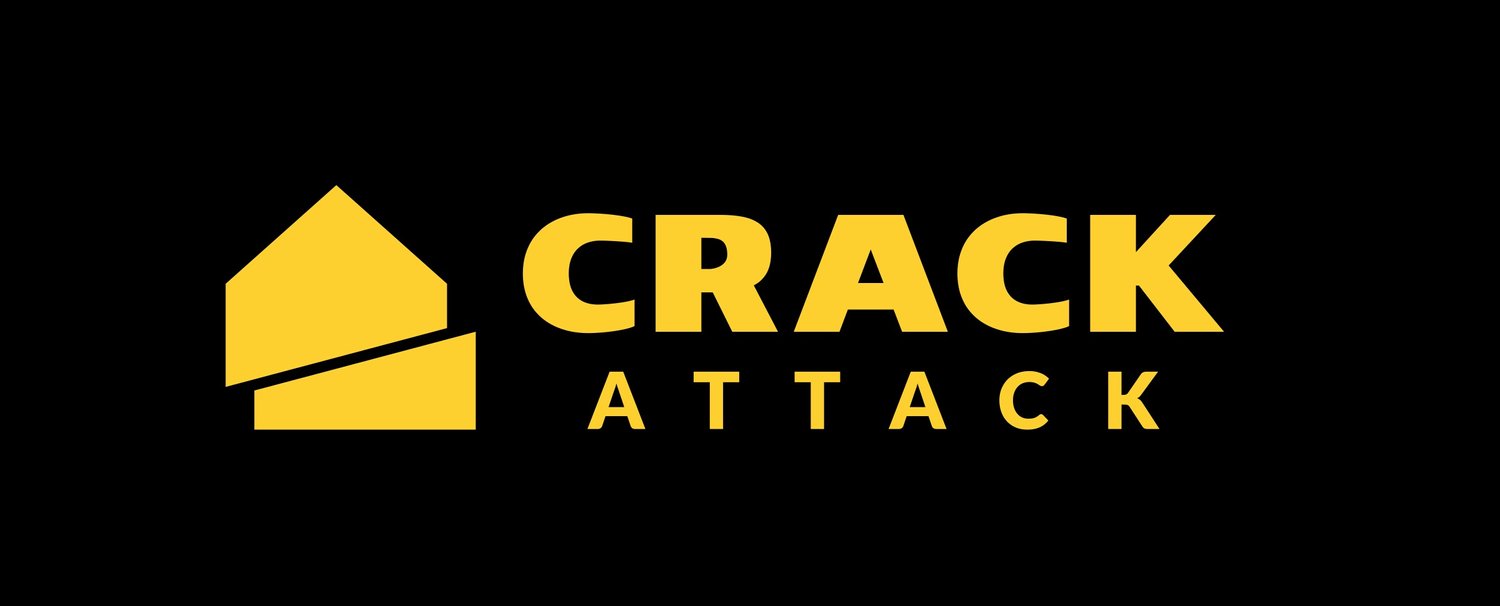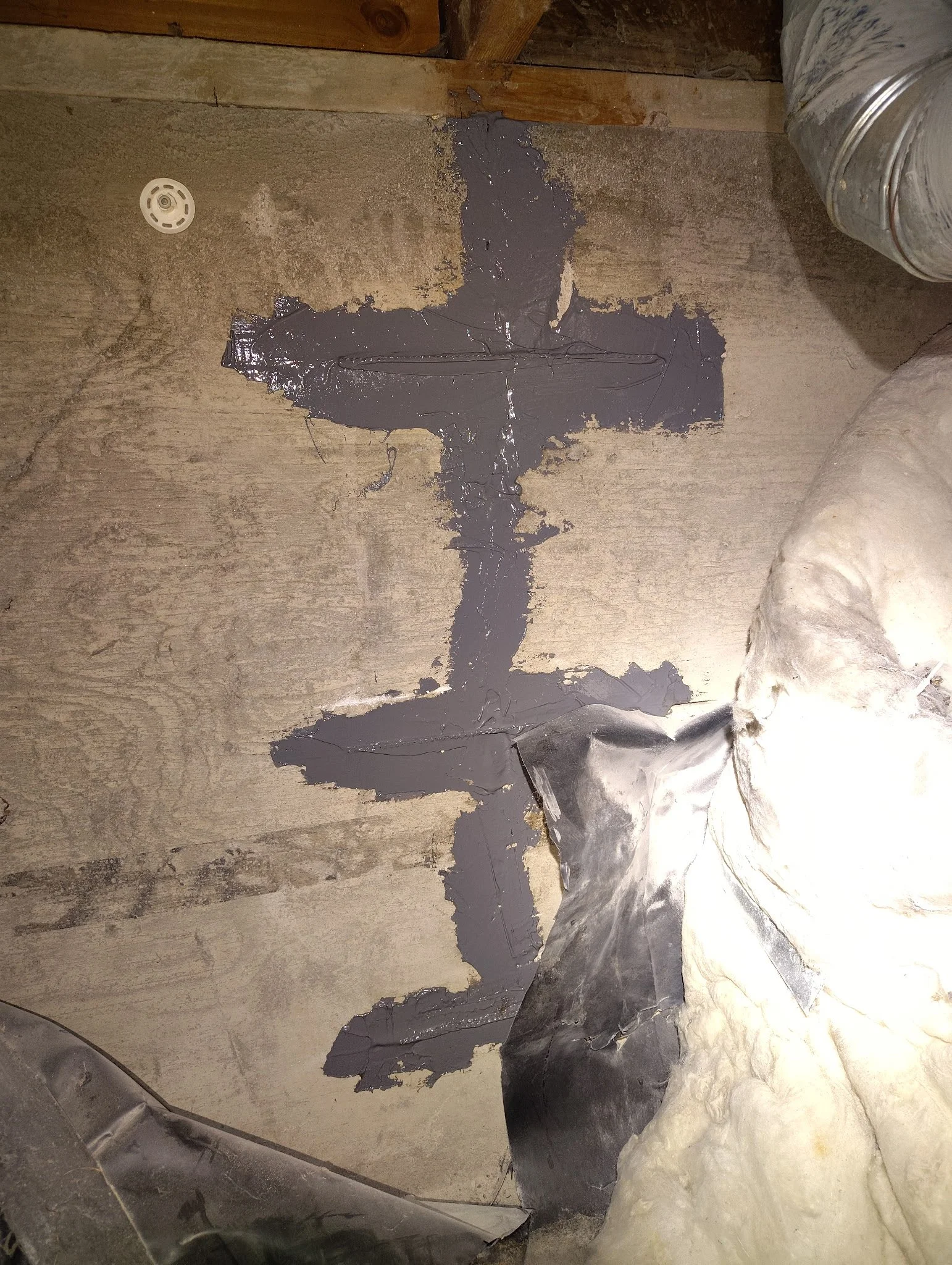Pros and Cons of Carbon Fiber Foundation Repair
If you’re exploring options for fixing foundation cracks or bowing walls, you’ve probably come across carbon fiber foundation repair. It’s a modern, low-profile solution known for its strength, speed, and minimal disruption. But is it the right fix for your home?
At Crack Attack, we use Fortress Stabilization Systems - specifically their carbon fiber staples and straps, including the Crack Stitch™ - to reinforce walls and stabilize cracks. In this post, we’ll break down the pros and cons of carbon fiber foundation repair and help you decide whether it’s the right solution for your home.
What Is Carbon Fiber Foundation Repair?
Carbon fiber is an ultra-high strength material used in aerospace, military applications, and increasingly, in structural concrete repair. When installed properly, it bonds directly to the foundation wall to provide reinforcement where it’s needed most.
At Crack Attack, we use bi-directional carbon fiber/Kevlar® straps and staples that are pre-impregnated and pre-cured with open grid designs. These are bonded into place using Fortress Xtreme 4070 epoxy resin, creating a Carbon Fiber Reinforced Polymer (CFRP) system that strengthens and stabilizes poured concrete foundation walls.
Carbon Fiber Straps Stabilizing Horizontal Foundation Crack
Pros of Carbon Fiber Foundation Repair
Exceptionally Strong, Yet Unobtrusive
Our carbon fiber straps have a tensile strength of up to 800 ksi, and once bonded with epoxy, they form a flush-mounted reinforcement that’s nearly invisible. You can even paint over them.
Quick, Non-Invasive Installation
No digging. No heavy equipment. Carbon fiber can be installed from the inside of your basement in just a few hours, making it a clean and convenient solution for many homes.
Stops Further Movement
When installed across cracks or bowing areas, the system works like rebar on the surface. It stabilizes the wall and prevents the crack from expanding — ideal for horizontal cracks and early-stage bowing.
Resists Corrosion and Deterioration
The Kevlar® and carbon fiber matrix is non-corrosive and built to last. Unlike steel reinforcements, it won’t rust or degrade over time.
Great for Small to Mid-Sized Structural Issues
For cracks that haven’t caused significant displacement, carbon fiber is a cost-effective, durable solution — especially when combined with epoxy injection for internal crack bonding.
Cons of Carbon Fiber Foundation Repair
Limited to Certain Conditions
Carbon fiber works best on poured concrete walls. It’s not ideal for CMU block walls, cracks showing large displacement, or walls bowing more than 2 inches.
It Stabilizes, But Doesn’t Move the Wall Back
If your foundation wall is significantly bowed, carbon fiber straps will hold it in place — but they won’t straighten it. For that, you may need helical tiebacks or steel bracing.
Doesn’t Address Root Causes
Soil pressure, poor drainage, or water intrusion still need to be managed. Carbon fiber fixes the symptom (wall movement), but not the cause. That’s why we often pair it with waterproofing or grading improvements.
Requires Expert Installation
This isn’t a DIY fix. Proper bonding, placement, and surface prep are critical. That’s why we use the Crack Stitch™ system by Fortress — designed for precision and strength with epoxy “riveting” through an open grid for maximum adhesion.
Real-World Strength: Crack Stitch™ by Fortress
At Crack Attack, we use the same carbon fiber material in our staples and wall straps — engineered for:
Tensile strengths of 800 ksi
Modulus of Elasticity at 36,000 ksi
Bi-directional grid layout for full anchoring
Bonded with Fortress Xtreme 4070 epoxy
Meets ICC ESR-3815 for structural applications
These systems are built to last and tested for structural reinforcement in cracked or compromised concrete. Whether you’re sealing a crack or reinforcing a section of wall, this is professional-grade technology you can trust.
When Carbon Fiber Is a Smart Choice
You may benefit from carbon fiber reinforcement if:
You have horizontal or stair-step cracks
Your foundation wall is bowing under 2 inches
You need reinforcement without excavation
You want a low-visibility, paintable solution
You’re looking for a permanent fix without invasive construction
When You May Need Another Option
You should explore alternative solutions if:
Your wall is bowing more than 2 inches
You have block walls or large structural cracks
You need the wall to be physically pushed back
There are ongoing water issues or active soil movement
Let’s Reinforce It Right
Carbon fiber foundation repair is one of the most advanced options available — but it’s not one-size-fits-all. At Crack Attack, we evaluate your foundation in person and only recommend carbon fiber when it’s the best long-term solution.
Schedule a Free Evaluation
Want to know if carbon fiber straps are right for your foundation? Contact Crack Attack today for a free, no-pressure evaluation anywhere in the Front Range.




